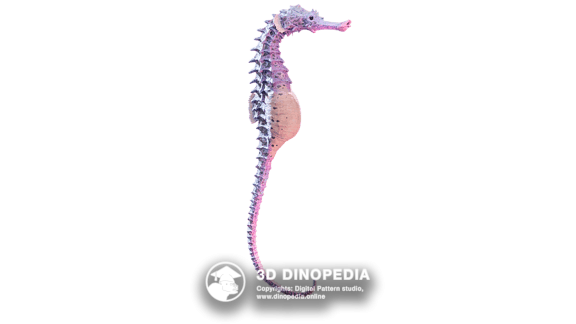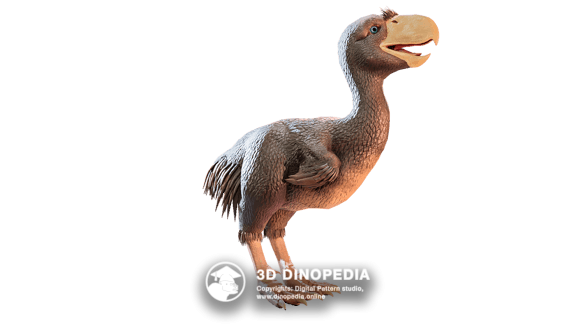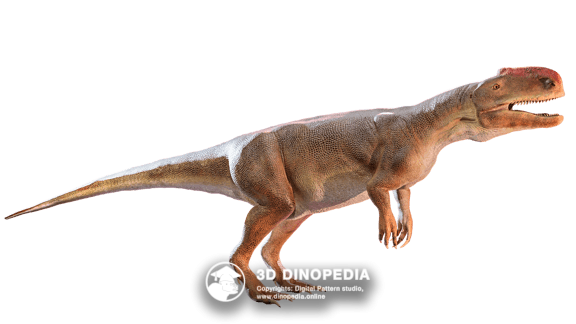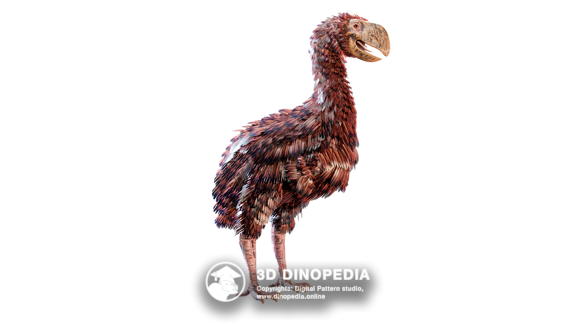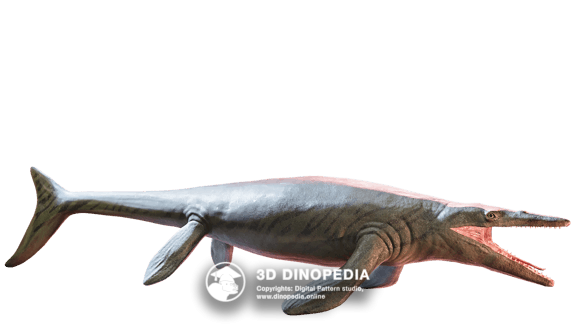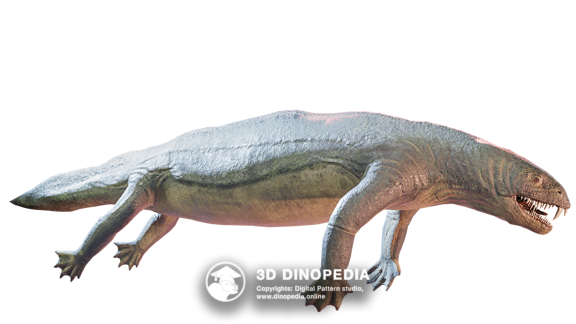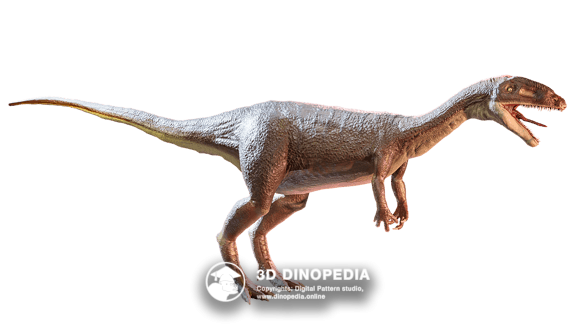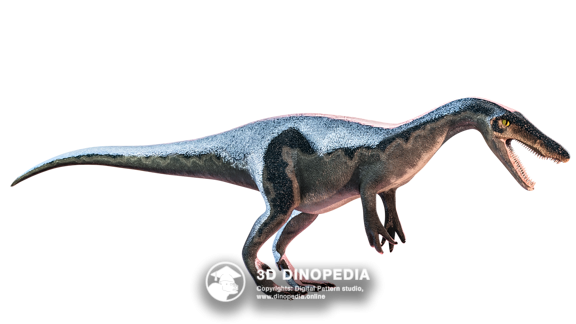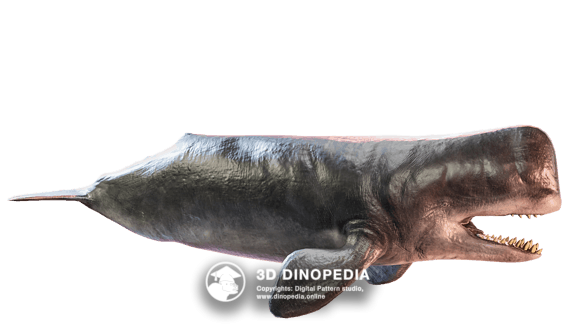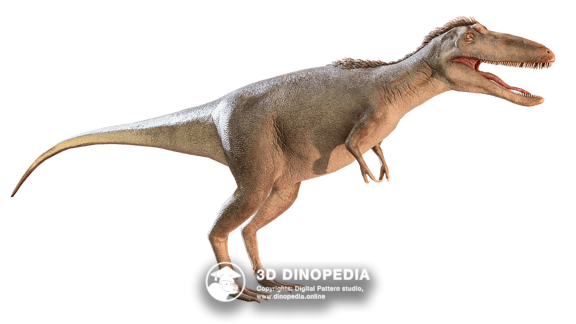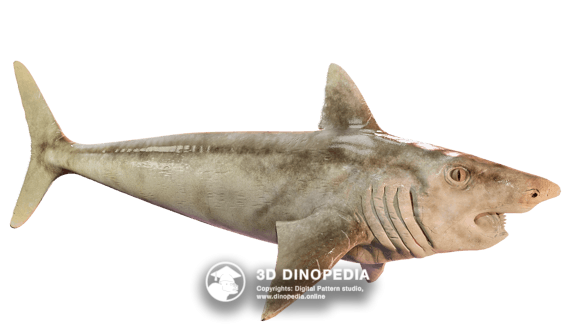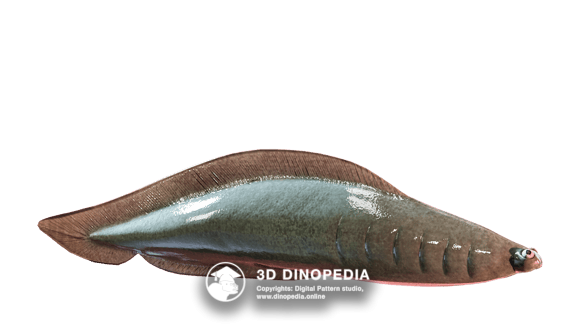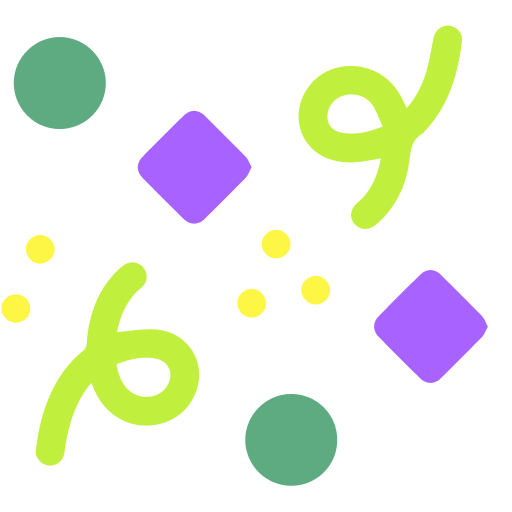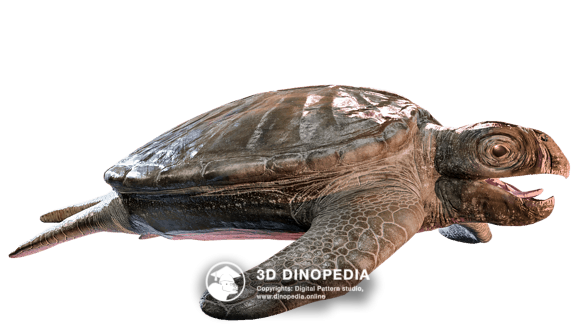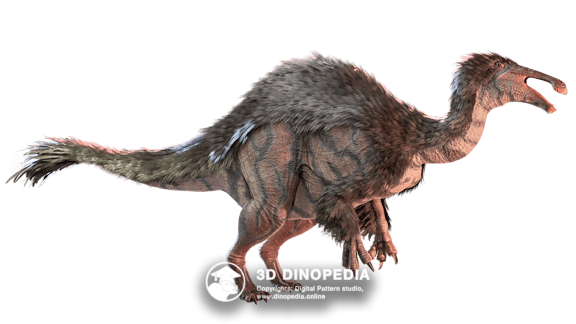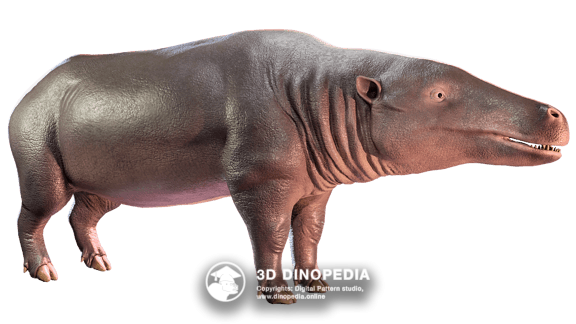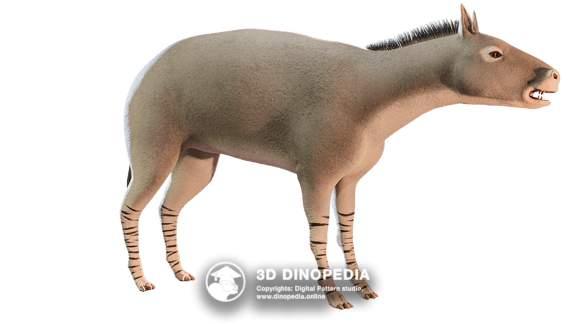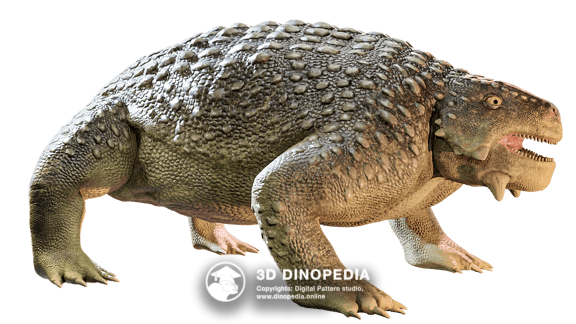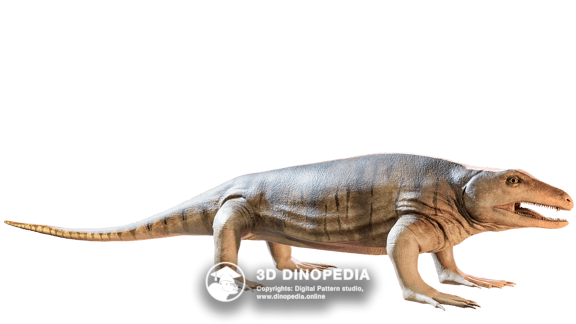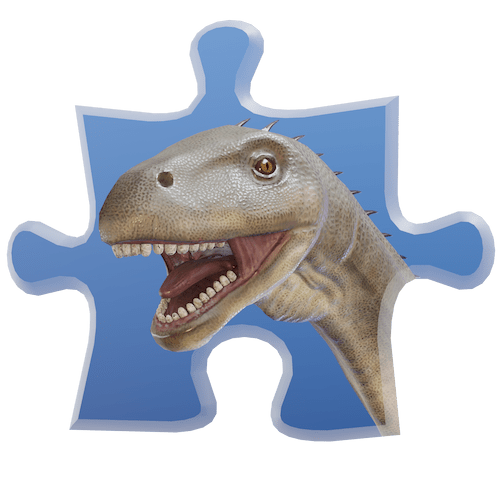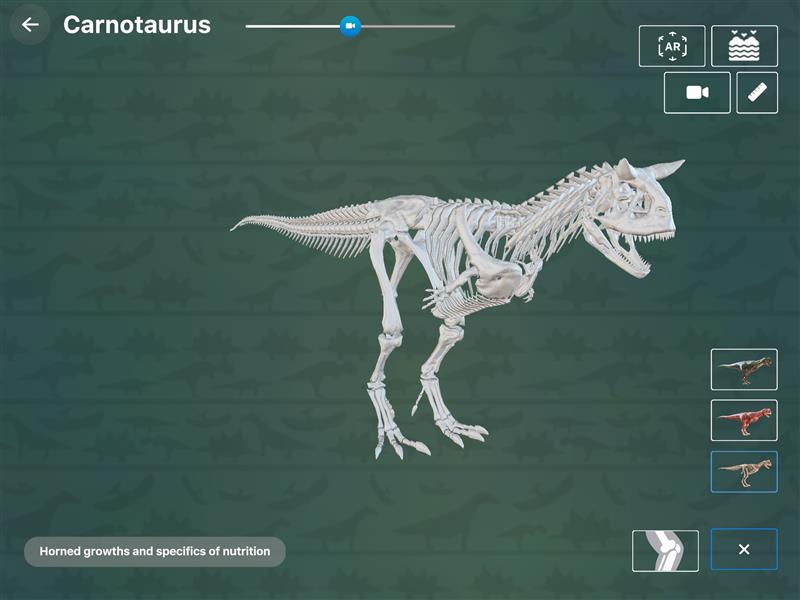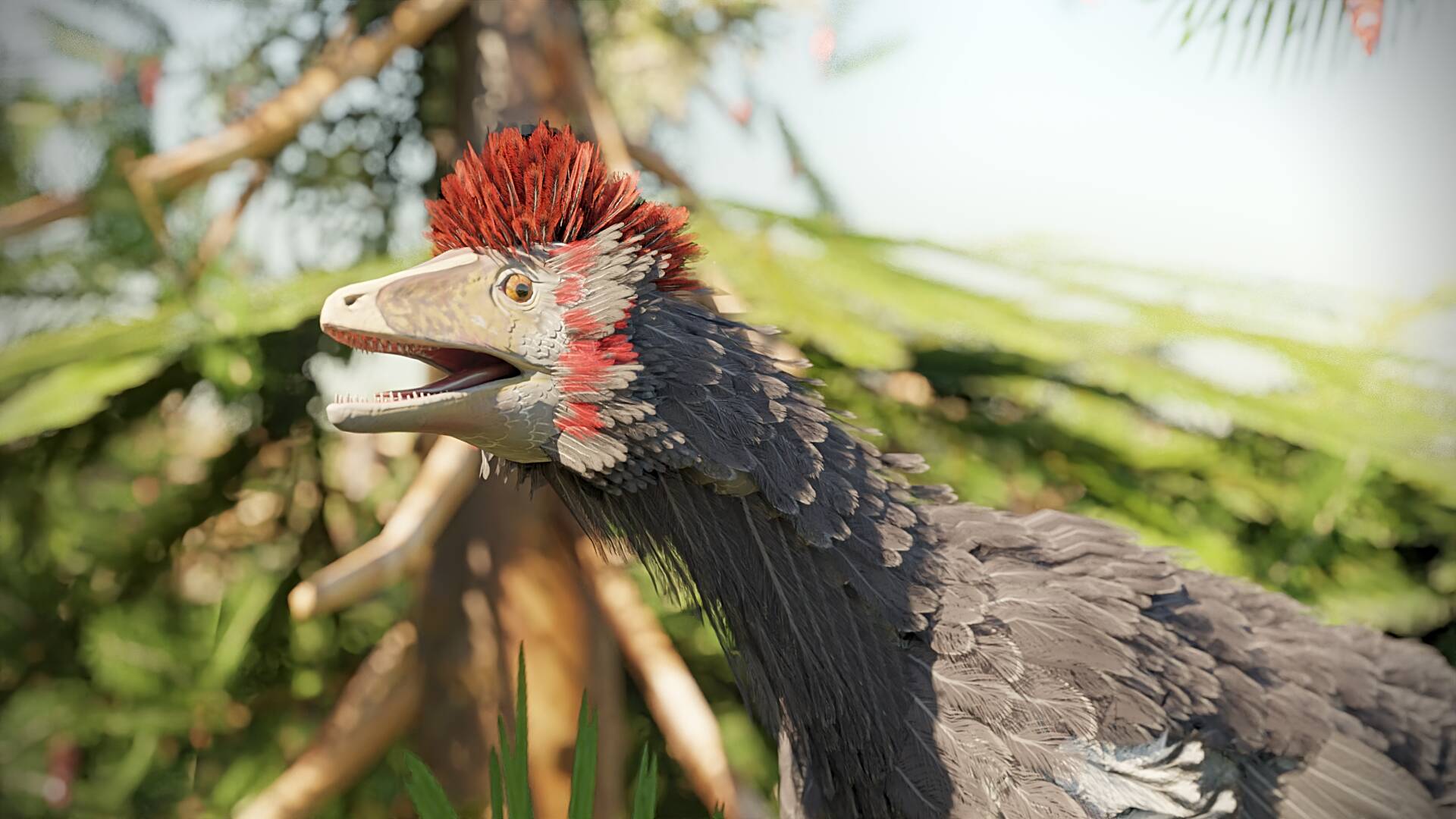Hippocampus
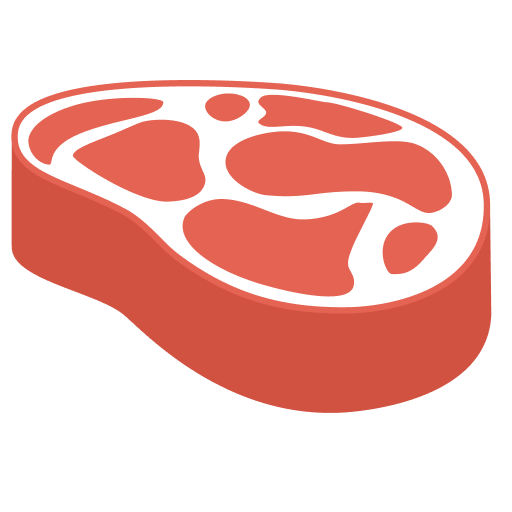
Name meaning:
Sea horse
Period of life:
13 million years ago
Period:
Habitat:
Marine environment
Taxonomy:
Bony fish
Countries:

What the name means: From the Ancient Greek “hippocampus,” which translates as “sea horse,” literally “horse” (ἵππος) and “sea monster” (κάμπος). The fish is named so because it resembles the chess piece “knight.” The name also refers to ancient Greek mythology and the mysterious sea monster “hippocampus,” with which the fish also shares similarities.
13 million years ago, during the Miocene era, among the warm shallow waters of the ancient Paratethys Sea that spread across modern Europe, swam unusual fish, among which were the most ancient ancestors of modern seahorses. Two such “venerable” species members, Hippocampus slovenicus and Hippocampus sarmaticus, were discovered in 2005 in the coprolite horizon of the Tunjice Hills Lagerstätte in Slovenia. These fossils are the oldest known remains of seahorses.
The prehistoric seahorses were small – the length of the Sarmatian seahorse did not exceed 9 centimeters, and the Slovenian seahorse was quite tiny - no more than 1.5 centimeters! The body, like its modern relatives, resembled a chess knight – a curved neck, an elongated snout making up about half the length of the entire head, a prehensile tail with 11 body rings. This tail was half as long as the body and contained 25-26 tail rings, while the base of the dorsal fin was extremely long.
This prehistoric seahorse preferred calm lagoons and seagrass beds. It was a poor swimmer (seahorses swim no more than 1.5 meters per hour!), so it clung to algae with its tail, slowly moving in search of food. The distant ancestor of seahorses, like its modern relatives, fed on small crustaceans, which it adeptly sucked in with its tubular snout. Fossils of this ancient sea dweller help us look into the distant past and imagine what the ancestors of modern seahorses looked like and how they lived.
Discussions
Other animals
 INTERESTING FACTS
INTERESTING FACTS
 PUZZLES
PUZZLES
 HOME
HOME
 3D MODEL "SKIN"
3D MODEL "SKIN"
 3D MODEL "MUSCLES"
3D MODEL "MUSCLES"
 3D MODEL "SKELETON"
3D MODEL "SKELETON"
 VISION
VISION
 NEIGHBORS
NEIGHBORS
 VOICE ACTING
VOICE ACTING
 AR - MODE
AR - MODE
 GALLERY
GALLERY
 HISTORY OF DISCOVERIES
HISTORY OF DISCOVERIES
